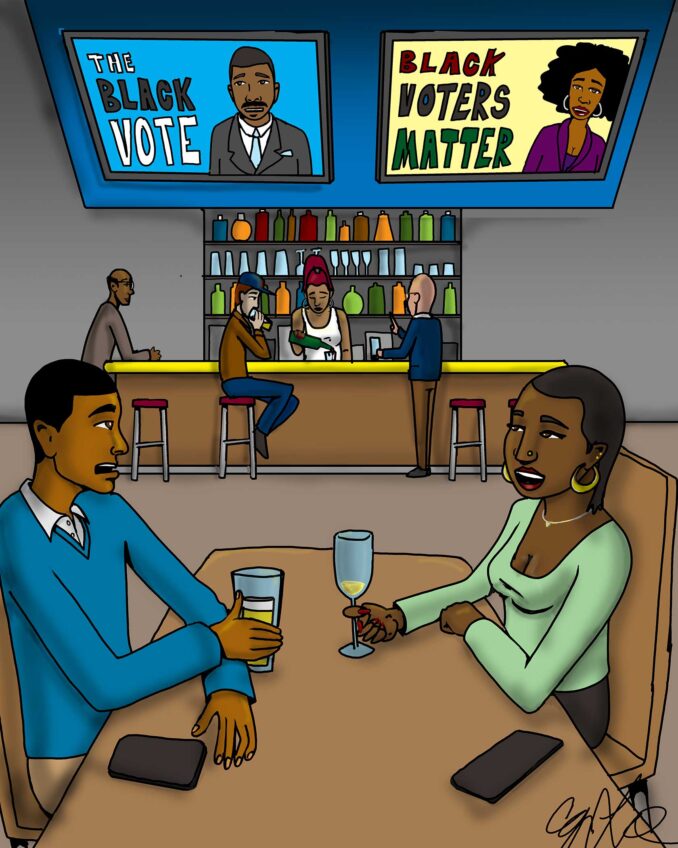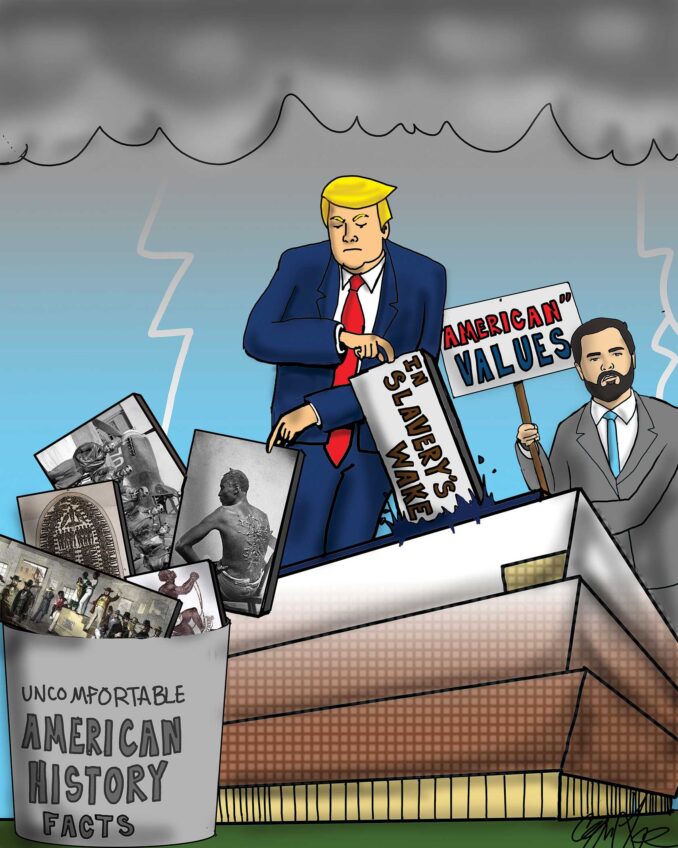Should Black business owners receive reparations, if it can be shown that they have been hurt as the result of racist policies?
The economic injustices faced by Black businesses, from redlining and urban renewal projects to discriminatory lending practices and exclusion from government support, underscore the urgent need for reparations. These systemic barriers have not only stifled the growth and sustainability of Black businesses but have also perpetuated economic disparities that continue to affect Black communities today. Reparations are not just a matter of justice; they are crucial for fostering economic equity and empowering Black entrepreneurs to thrive.
The legacy of redlining
Redlining is a prime example of discriminatory practices that severely restricted Black entrepreneurs’ ability to secure loans and mortgages. This practice, where banks and insurance companies denied loans and services to residents in certain areas based on racial composition, made it difficult for Black business owners to purchase property or invest in business infrastructure. Redlining policies severely limited where Black entrepreneurs could establish businesses, thereby restricting their customer base and growth potential.
Urban renewal and infrastructure policies
Urban renewal projects in the mid-20th century often targeted Black neighborhoods, displacing residents and destroying thriving Black business districts. Notable examples include the destruction of the Fillmore District in San Francisco and the Hill District in Pittsburgh. These actions not only displaced families but also dismantled the economic foundations of these communities.
The construction of interstate highways through Black neighborhoods further exacerbated these issues. This infrastructure development often prioritized convenience for suburban commuters over the well-being of urban Black communities, leading to the displacement of residents and the destruction of Black businesses, disrupting local economies and community cohesion.
Spatial justice
Spatial justice refers to the fair and equitable distribution of socially valued resources, such as parks, and the fair distribution of burdens, such as junkyards and waste management facilities. Legal “red light” districts depress business and property values, making those areas less desirable for shopping and investment. This inequitable zoning disproportionately impacts Black communities, further entrenching economic disparities.
Government contracting and procurement
Black businesses have often been excluded from lucrative government contracts and procurement opportunities. Discriminatory practices and lack of access to networks that facilitate government contracting have limited Black businesses’ ability to compete, stifling their growth and sustainability. The 1989 Supreme Court case, City of Richmond v. J.A. Croson Company, which ruled that any use of race in legislative policy must pass the strictest scrutiny to be deemed constitutional, effectively doomed affirmative action. Despite commitments from many businesses to increase their engagement with Black businesses after the murder of George Floyd, these policies have faced legal challenges.
Access to capital
The passage of the Community Reinvestment Act (CRA) in 1977 was an admission that banks had been discriminatory in their lending and investment practices. Historically, banks and financial institutions have had higher denial rates for Black borrowers, even when they had similar financial profiles to white applicants. When loans were made to Black business owners, they were often on less favorable terms compared to their white counterparts, with higher interest rates and more stringent loan requirements. This restricted access to the credit and capital necessary for economic growth.
Providing fewer loans or less favorable terms to small businesses in Black neighborhoods stifles entrepreneurial growth and economic development. This prevents local businesses from expanding, hiring employees, and contributing to the local economy. Additionally, Black-owned businesses have historically received fewer Small Business Administration (SBA) loans and less support compared to white-owned businesses, limiting their growth potential and ability to scale operations.
Predatory lending practices
Financial institutions have also engaged in predatory lending practices, such as high interest rates and subprime mortgages, which further disadvantaged Black business owners. Limited financial services, such as business banking products, lines of credit, or financial advice, hamper the ability of entrepreneurs in Black neighborhoods to succeed and grow their businesses.
Federal Housing Administration (FHA) policies
FHA policies explicitly favored white suburban homeownership while denying mortgage insurance to Black families and businesses in urban areas. This limited Black business owners’ access to capital and real estate, further entrenching economic disparities.
Minimal participation in government programs
Failing to actively participate in or support government programs aimed at revitalizing underserved communities, such as the Low-Income Housing Tax Credit (LIHTC) or New Markets Tax Credit (NMTC) programs, limits the availability of resources for community development. These programs are designed to stimulate investment in low-income areas, but without active participation from financial institutions, their impact is muted.
Ed Gaskin is executive director of Greater Grove Hall Main Streets.







